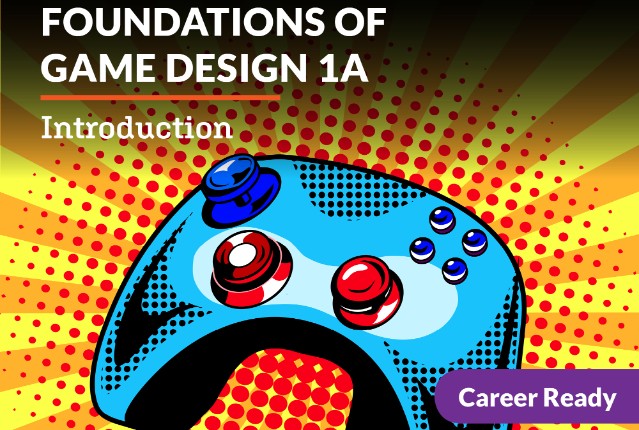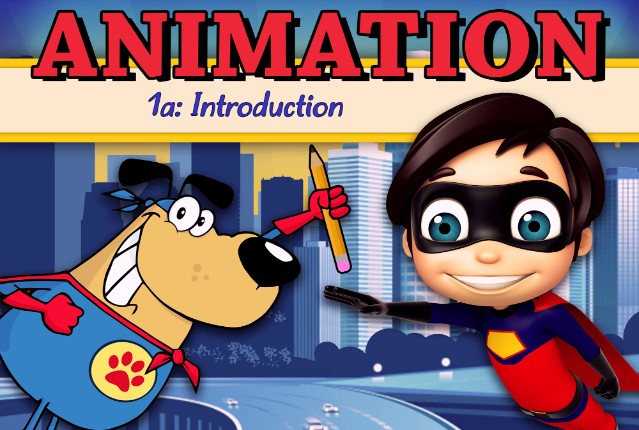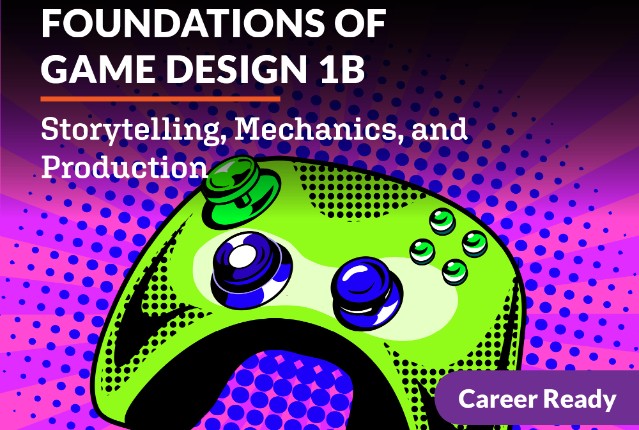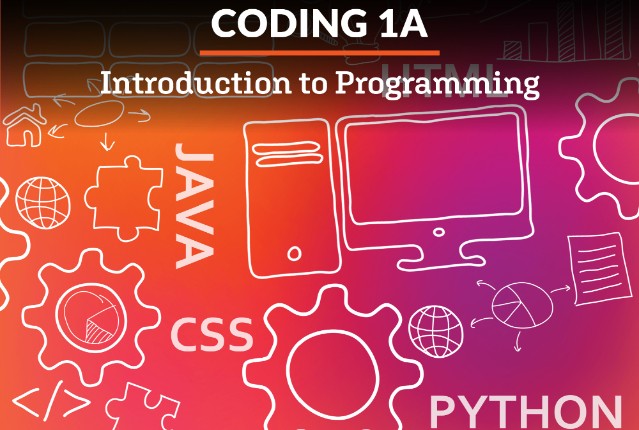While getting your game mechanics down pat is the most important task of pre-production, creating a blueprint of your game development process is the most important deliverable. This blueprint, better known as a game design document (GDD), describes your video game from the ground up. It covers everything from the subject, style, nature, functionality, gameplay, mechanics, characters, plot, environment design, and user interface design to the narrative devices of your game. Yes, that’s a whole lot of information in one document! But the great thing about the GDD is that it is flexible. The document exists as your working catch-all for your plans and hopes for your game and, being a living document, can change as you adapt your design and your ideas during the design process. Learning how to create a meaningful and effective GDD, whether working alone or as part of a team, is essential to conveying a clear image of the intended game concept and final product.
What will you learn in this unit?
- Explain the steps a game design team moves through from idea, to concept, to game design document
- Identify the main elements in a game design document and which team member would be best suited to help give input into that part of the GDD
- Create your own game design document





